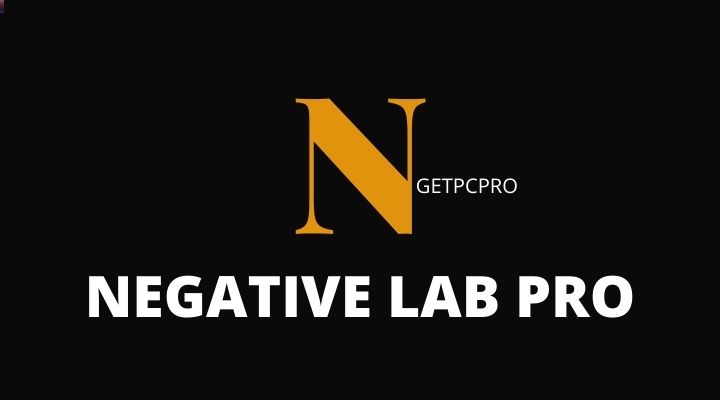

I will allow that the dedicated film scanners of old (e.g., the Plustek, Coolscan, and Dimage) probably provided a great balance of speed, ease of use, and image quality, but sadly those are no longer widely available and reliable. On the digitizing side, there are two camps: those that use scanners and those that use digital cameras. Thus began untold hours of searching the internet and scouring discussion forums for the occult knowledge of how to digitize and invert/correct the images. After seeing my first batch of scans from the lab, I was convinced I had to scan and convert the negatives myself to get the kind of image quality that I wanted. I got serious about photography in 2014 then took an interest in film photography in 2017. I did some research once on scanning film negatives, but the consensus then was that it was impossible without specialized film scanning equipment and software. Over the years, it always bothered me that we had a trunk full of 4×6 prints and film negatives that rarely came out, but we never did anything about it. I got my first digital camera in 2003 (a 4-megapixel Olympus point and shoot) and didn’t touch a film camera again for 14 years. Unfortunately I never really appreciated that camera (although she took some fantastic images with it) because digital cameras were becoming mainstream at that time and had the big advantage (to my mind) that the photos were on the computer. As a teenager, I had a couple of Canon Snappy point and shoots which I thought were great, then when I got married my wife had a nice automatic SLR with a zoom lens (a Chinon Genesis). My dad had some kind of SLR, but I was not allowed to touch it. Mostly I remember using cheap 110 film cameras as a kid-we didn’t have anything nicer. I was never all that interested in photography, but I did have cameras and take pictures, so I used film. I grew up with film because I was born in 1974. I hope this information will convince you that “your camera is the best scanner” and helps you to get started, but if you plan to do much of this at all, I highly recommend Peter Krogh’s multimedia book, Digitizing Your Photos With Your Camera and Lightroom. This post is an update from my previous guide originally published in 2018.

My goal is to cut through all of the BS out there on photo forums (e.g., about the wonders of VueScan or why you need a $650 negative holder/copy stand) and show you how easy it can be to get great results. In this post, I present a simple and inexpensive solution for digitizing film negatives along with an overview of options for inverting and color correcting the digitized negatives. Superia X-TRA 400 with Yashica Electro 35 GSN. Inverted and color corrected raw capture of a 35mm frame inside the negative carrier.


 0 kommentar(er)
0 kommentar(er)
